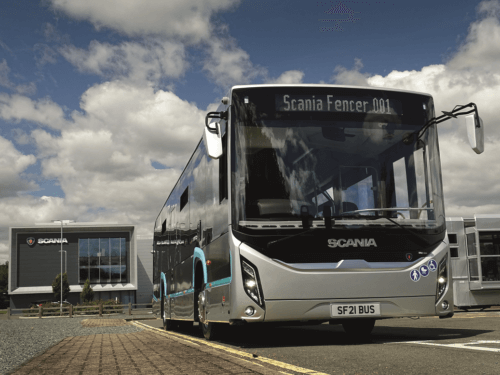
Jonathan Welch speaks to Scania’s Mark Oliver about the firm’s latest developments and plans for its new generation of battery electric products
With both war in Ukraine and an ongoing pandemic, the turbulent external environment is continuing,’ says Scania’s group-wide interim report for the first half of this year. ‘Rising inflation and increased interest rates are also adding to the uncertainty. Despite this, economic activity is still high,’ it continues. The manufacturer reports net sales unchanged compared to the previous year and amounted to SEK 74,690m (£5,991m), with net sales up by 2% in the second quarter of last year.
[…]
By subscribing you will benefit from:
- Operator & Supplier Profiles
- Face-to-Face Interviews
- Lastest News
- Test Drives and Reviews
- Legal Updates
- Route Focus
- Industry Insider Opinions
- Passenger Perspective
- Vehicle Launches
- and much more!


